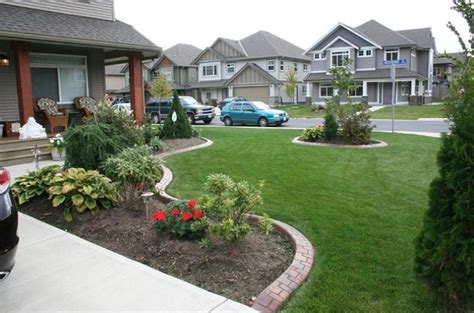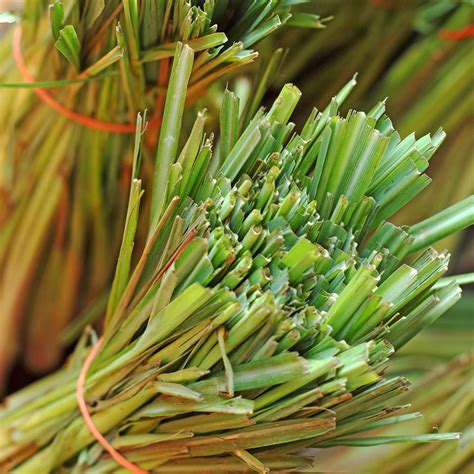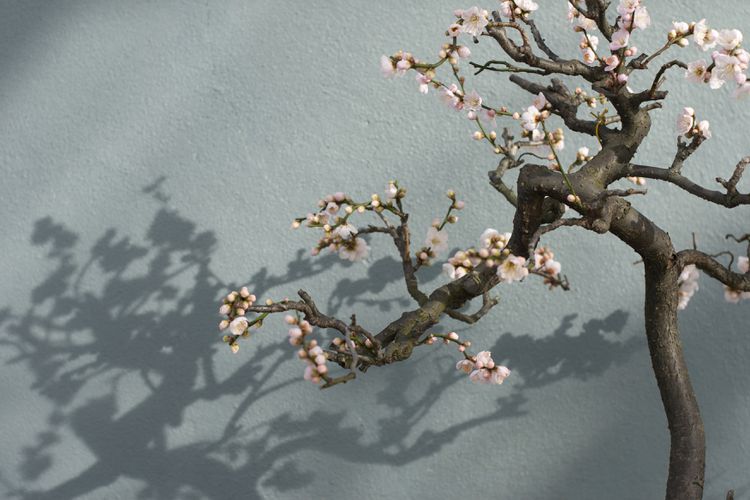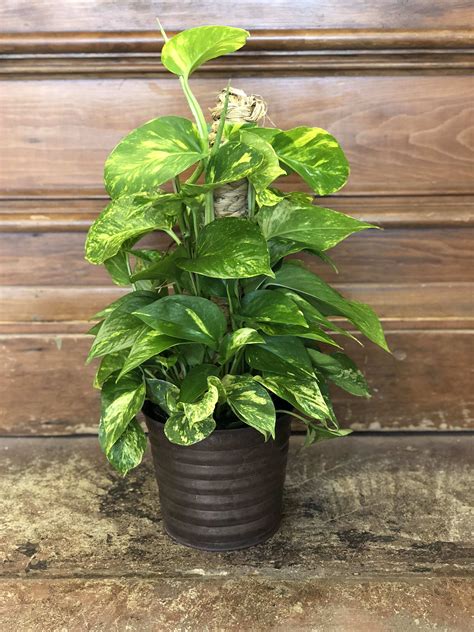
Are you ready to transform your outdoor space into a beautiful landscape? Whether you have a small backyard or a sprawling garden, understanding the basic principles of landscape design can help you create a visually appealing and harmonious environment. In this guide, we’ll explore the key principles of landscape design, types of landscapes, and how to design your own landscape with elements like color, form, texture, line, and scale.
6 Basic Principles of Landscape Design: The Foundation for Success
When it comes to landscape design, these six principles serve as a guiding framework to create a visually pleasing and cohesive outdoor space:
1. Proportion:
Proportion refers to the size and scale of different elements in relation to one another and to the overall space. Achieving proper proportion helps create balance and harmony in your landscape design.
2. Transition:
Transition involves the gradual change or progression between different elements, such as plantings, textures, or colors. It helps create a sense of flow and movement in your landscape.
3. Unity:
Unity is the principle of bringing all the elements in your landscape design together to create a cohesive and harmonious look. It can be achieved through repetition of certain plants, colors, or materials throughout the space.
4. Rhythm:
Rhythm refers to the repetition or pattern of visual elements in your landscape. It can be created through the strategic placement of plants, hardscape features, or focal points to guide the viewer’s eye and create a sense of movement.
5. Balance:
Balance involves the distribution of visual weight in your landscape design. It can be achieved through symmetrical or asymmetrical arrangements of elements, ensuring that one side of the landscape doesn’t overpower the other.
6. Focalization:
Focalization is the creation of a focal point or a visually dominant element in your landscape. It draws attention and serves as a centerpiece, adding interest and depth to the overall design.
Types of Landscapes: Exploring Different Styles
There are various landscape styles to choose from, including formal, informal, modern, cottage, and Mediterranean, among others. Each style has its own characteristics, plant choices, and design elements. Research different styles and choose one that aligns with your personal preferences and the architectural style of your home.
How to Design a Landscape: Bringing Your Vision to Life
Designing your landscape involves considering various elements and principles to create a cohesive and visually appealing outdoor space. Here are some key elements to focus on:
Color:
Choose a color palette that complements your home and creates a desired mood in your landscape. Consider the colors of plants, flowers, hardscape materials, and accessories.
Form:
The form of plants and hardscape elements can contribute to the overall look of your landscape. Consider the shapes and structures of trees, shrubs, and decorative features to add interest and variety.
Texture:
Texture refers to the surface quality of plants and materials in your landscape. It can range from smooth to coarse and can be used to create contrast and visual interest.
Line:
Lines in landscape design can be horizontal, vertical, curved, or diagonal. They guide
the eye and create a sense of movement and direction. Consider how lines can be used to connect different areas of your landscape.
Scale:
Scale refers to the size and proportion of elements in relation to each other and the overall space. Consider the size of plants, trees, and hardscape features in relation to the size of your outdoor area.
Landscape Design Explained Through Pictures: Inspiring Ideas
Visual examples can be incredibly helpful when it comes to understanding landscape design. Explore pictures and photographs of beautifully designed landscapes to get inspiration and ideas for your own outdoor space. Pay attention to the use of elements, such as color combinations, plant arrangements, and focal points.
By understanding the basic principles of landscape design, exploring different types of landscapes, and incorporating key elements into your design, you can create a stunning outdoor space that reflects your style and enhances the beauty of your home. Get started on your landscape design journey and unlock the full potential of your outdoor environment.
Frequently Asked Questions About Landscape Design
1. Do I need professional help for landscape design?
Whether or not you need professional help for landscape design depends on the complexity of your project and your personal preferences. If you have a small space and a clear vision for your design, you may be able to tackle it yourself with research and planning. However, for larger or more intricate projects, it can be beneficial to consult with a professional landscaper or landscape architect who can provide expertise and ensure the best results.
2. How do I choose the right plants for my landscape?
Choosing the right plants for your landscape involves considering factors such as climate, soil conditions, sun exposure, and maintenance requirements. Research the plants that thrive in your specific region and climate zone. Consider the desired height, color, and texture of plants to create a visually appealing composition. Additionally, take into account the amount of time and effort you’re willing to devote to maintenance, as some plants require more care than others.
3. Can I incorporate sustainable practices into my landscape design?
Absolutely! Sustainable landscaping involves using eco-friendly practices to create an environmentally responsible and resource-efficient outdoor space. You can incorporate sustainable practices by choosing native plants that require less water and maintenance, implementing efficient irrigation systems, using organic fertilizers and pest control methods, and incorporating elements like rain gardens or permeable paving to manage water runoff. Sustainable landscaping not only benefits the environment but can also save you time and money in the long run.
Remember, landscape design is a creative process, and there are no strict rules. Experiment with different ideas, adapt them to your space, and most importantly, enjoy the journey of creating a beautiful and functional outdoor oasis.






